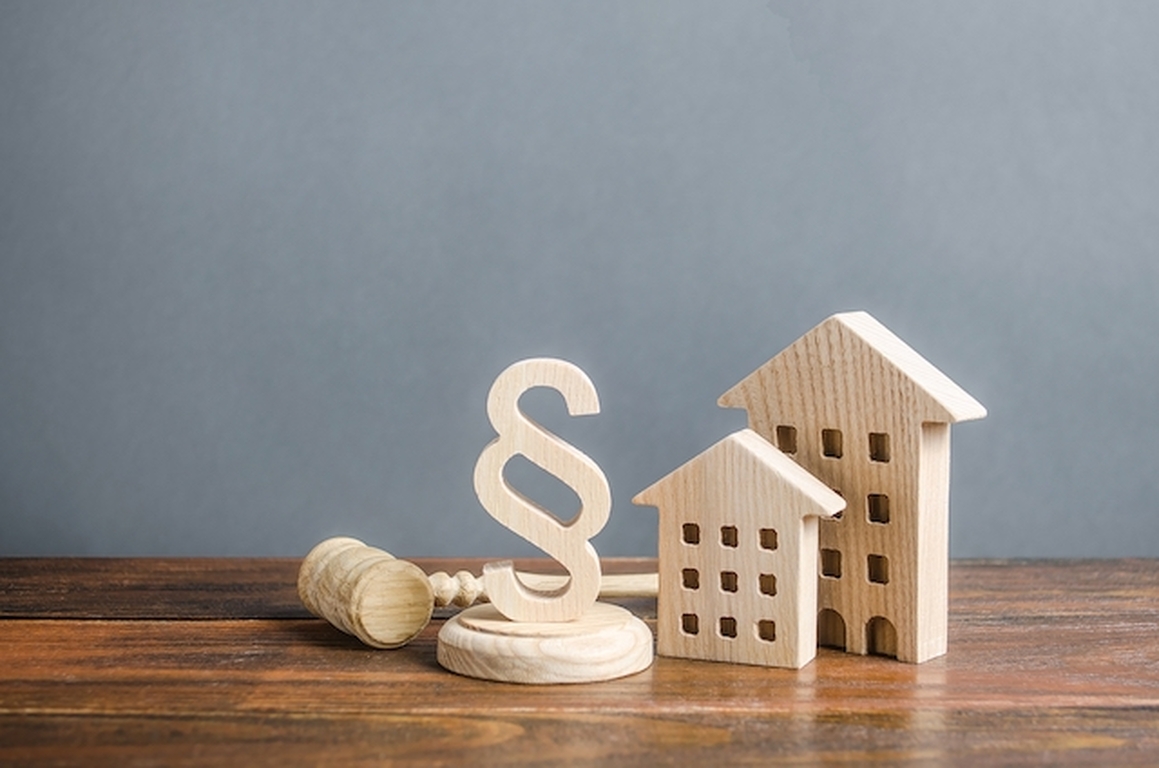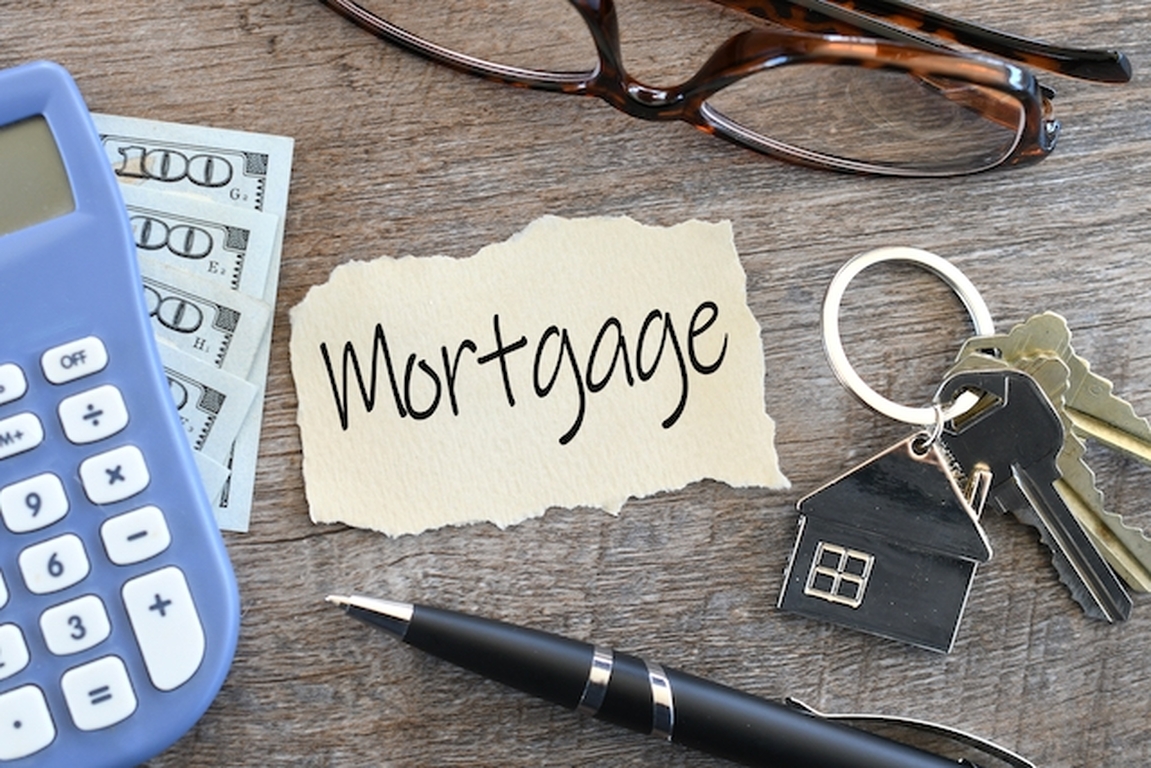Why the housing market will cool in 2022
You’re hearing it from every corner: Home values are rising so fast that a cooling period is imminent. And according to Zelman & Associates CEO Ivy Zelman, there are some strong indicators that a turndown is on the horizon.
During an Inman Connect Las Vegas session titled, “Will the Housing Market Cool Down in 2022?” Zelman said market stabilization is already happening in places that have lots of new construction coming in. Cities like Boise, Idaho, are already starting to see growth cool and prices fall somewhat as more and more new properties hit the market.
“The market has started to show some moderation,” Zelman said. “It’s still extremely strong and we expect that we’re going to see that reversion to the mean and normalization come to fruition in 2022, barring no large increase in mortgage rates.”
One of the primary reasons for the looming cool down, Zelman says, is the current situation’s ultimate lack of sustainability. In some regions, mortgage payments on a medium-priced home have gone up in double digits because of an ever-increasing percentage of investors and fix-and-flip buyers hoping to tap into rising home prices. The market then becomes oversaturated to an extent at which people who own only the home they live in cannot afford to buy at all, finally bringing down demand for all.
“You have the people who have real jobs and need a place to shelter their families, and you have non-primary buyers,” Zelman said. The latter includes iBuyers and private investors, as well as single-family rental, fix-and-flip, and second-home buyers. “When you’re competing with cash and investors that are paying above appraised value, at some point the music stops.”
“Pricing is not an elastic,” Zelman said. “Affordability matters.”
Inflation — which can be as high as 15 to 40 percent on some building projects and even several hundred percent on lumber — and low mortgage rates continue to play a major role in why home values are soaring.
But Zelman said that too many homeowners are getting too comfortable in the belief that this situation will last forever. Some are hoping to see their property grow by more while others are simply worried that, even if they sell well, prices have soared so much that they won’t be able to find another home to move in to.
The problem with such a market, Zelman said, is that it does not work when there are no primary buyers. When only investors can afford properties and everyone else holds off on buying, the market ultimately stagnates for everybody.
As a result, agents need to convince homeowners who are on the fence about selling their home to do it quickly.
“It’s the incremental buyer that you need to worry about,” she said. “You as a Realtor need to convince the existing prospective seller that now is a good time to sell. If [your clients] thought [they] could double what you paid, that opportunity is going to start to compress.”
During an Inman Connect Las Vegas session titled, “Will the Housing Market Cool Down in 2022?” Zelman said market stabilization is already happening in places that have lots of new construction coming in. Cities like Boise, Idaho, are already starting to see growth cool and prices fall somewhat as more and more new properties hit the market.
“The market has started to show some moderation,” Zelman said. “It’s still extremely strong and we expect that we’re going to see that reversion to the mean and normalization come to fruition in 2022, barring no large increase in mortgage rates.”
One of the primary reasons for the looming cool down, Zelman says, is the current situation’s ultimate lack of sustainability. In some regions, mortgage payments on a medium-priced home have gone up in double digits because of an ever-increasing percentage of investors and fix-and-flip buyers hoping to tap into rising home prices. The market then becomes oversaturated to an extent at which people who own only the home they live in cannot afford to buy at all, finally bringing down demand for all.
“You have the people who have real jobs and need a place to shelter their families, and you have non-primary buyers,” Zelman said. The latter includes iBuyers and private investors, as well as single-family rental, fix-and-flip, and second-home buyers. “When you’re competing with cash and investors that are paying above appraised value, at some point the music stops.”
“Pricing is not an elastic,” Zelman said. “Affordability matters.”
Inflation — which can be as high as 15 to 40 percent on some building projects and even several hundred percent on lumber — and low mortgage rates continue to play a major role in why home values are soaring.
But Zelman said that too many homeowners are getting too comfortable in the belief that this situation will last forever. Some are hoping to see their property grow by more while others are simply worried that, even if they sell well, prices have soared so much that they won’t be able to find another home to move in to.
The problem with such a market, Zelman said, is that it does not work when there are no primary buyers. When only investors can afford properties and everyone else holds off on buying, the market ultimately stagnates for everybody.
As a result, agents need to convince homeowners who are on the fence about selling their home to do it quickly.
“It’s the incremental buyer that you need to worry about,” she said. “You as a Realtor need to convince the existing prospective seller that now is a good time to sell. If [your clients] thought [they] could double what you paid, that opportunity is going to start to compress.”


 Menu
Menu




